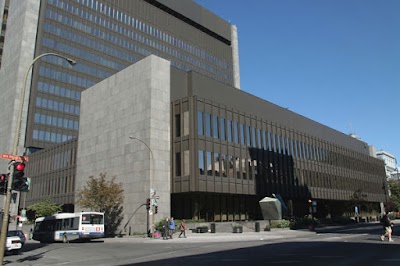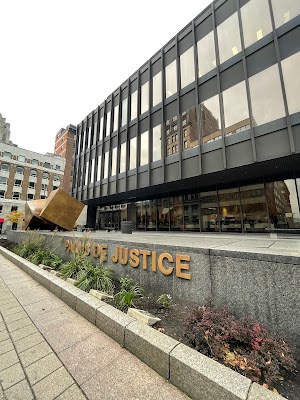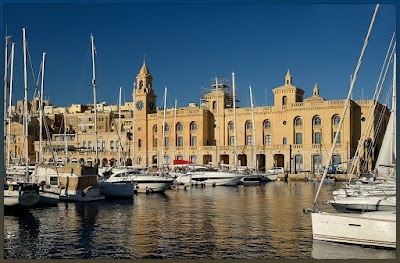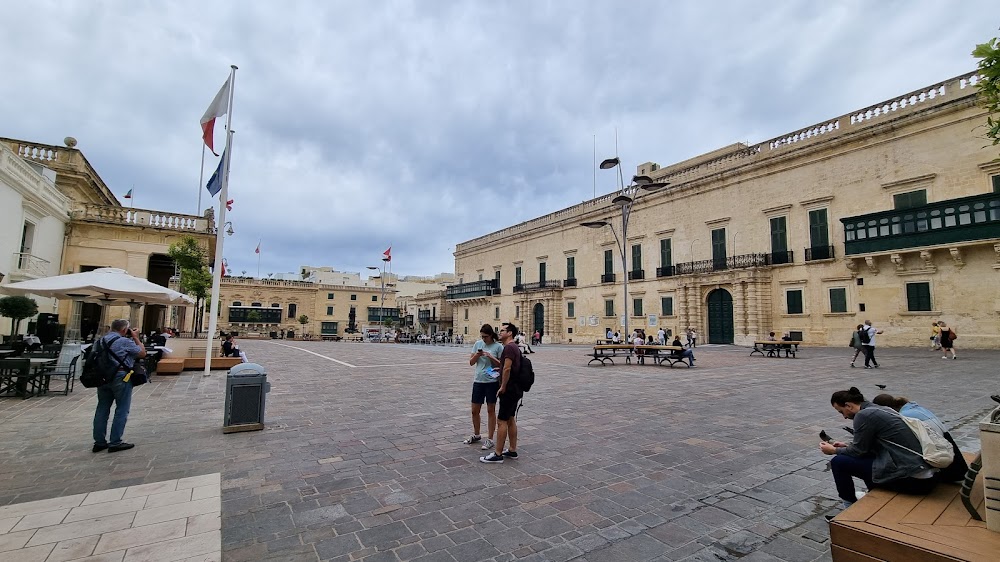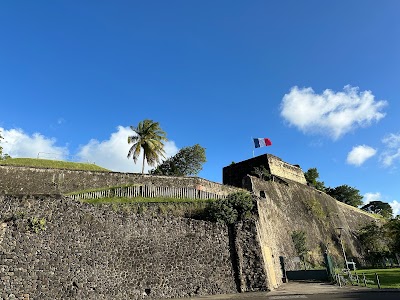Palais de Justice (Palais de Justice)
Overview
The Palais de Justice, now known as the Courts of Justice, stands as one of Valletta’s most striking and historically significant architectural landmarks. Located in the heart of Malta’s bustling capital, this impressive building is an essential stop for anyone eager to delve into the island's rich legal history, stunning architecture, and the evolution of its judiciary over the centuries.
Constructed between 1776 and 1778, the Palais de Justice was designed by the esteemed Maltese architect Giuseppe Bonici. Commissioned during the era of the Knights of St. John, the building became a cornerstone for judicial matters throughout the Maltese islands. Its prime position on Republic Street, one of Valletta’s main thoroughfares, underscores its enduring significance as a central institution in Maltese civic life.
Reflecting the prevalent Baroque style of Valletta—designated a UNESCO World Heritage Site—the Palais de Justice boasts an ornate façade adorned with intricate stone carvings and grand columns, imparting a sense of permanence and authority. Upon entering, visitors are welcomed by a majestic hall that emanates an aura of history and solemnity. The high ceilings and expansive spaces are intentionally designed to inspire respect for the law and the judicial process.
One of the most captivating aspects of the Palais de Justice is its main courtroom, which retains many original furnishings. Here, the weight of centuries of legal decisions can be felt; some have significantly shaped Malta's history. The courtroom's elaborate woodwork and detailed frescoes offer a stunning visual experience, transforming this functional space into a work of art.
Over the years, this building has witnessed Malta's tumultuous history, serving as a backdrop to various regimes—from the Knights of St. John to the French and British occupations, culminating in Malta’s independence in 1964. Each era has left its mark, adding layers of historical depth to the Palais de Justice.
In addition to its architectural and historical importance, the Palais de Justice remains integral to the daily lives of the Maltese people. It houses the Civil Courts, Criminal Courts, and the Constitutional Court, making it a vital center for administering justice on the island. Attending a live court session is an option for visitors, offering a unique insight into the Maltese legal system in action.
For those eager to learn more about the building and its historical context, guided tours are often available. These tours provide valuable insights into the architectural features, historical anecdotes, and the day-to-day operations of the courts. Participants also have the opportunity to discover significant cases that have been tried here, highlighting the pivotal role this institution has played in shaping modern Malta.
An interesting facet of the Palais de Justice is its role as a venue for various cultural events, including art exhibitions, lectures, and debates. This dual function as both a judicial center and cultural hub makes it a dynamic space that reflects the evolving spirit of Valletta—a city rich in history yet continually progressing.
When planning your visit, it’s worth noting that the Palais de Justice is conveniently located within walking distance of many of Valletta’s other attractions, such as St. John’s Co-Cathedral and the Grandmaster’s Palace. This proximity makes it easy to incorporate a visit into a broader exploration of Valletta’s historical and cultural heritage.
In conclusion, the Palais de Justice is more than just a building; it serves as a living testament to Malta’s legal, cultural, and historical journey. Its stunning architecture, combined with its pivotal role in the island’s judicial system, makes it a fascinating destination for tourists. Whether you’re a history buff, an architecture enthusiast, or simply curious about Malta, a visit to the Palais de Justice promises to be an unforgettable experience.


